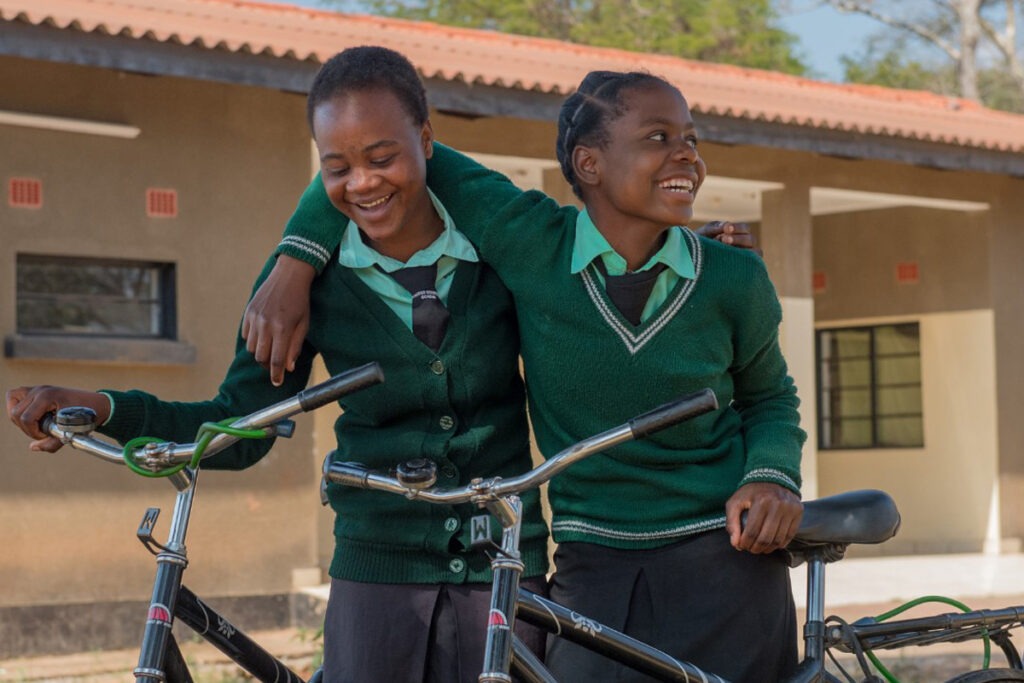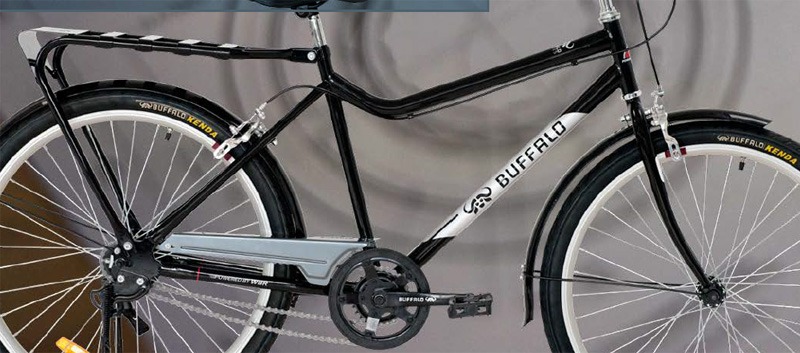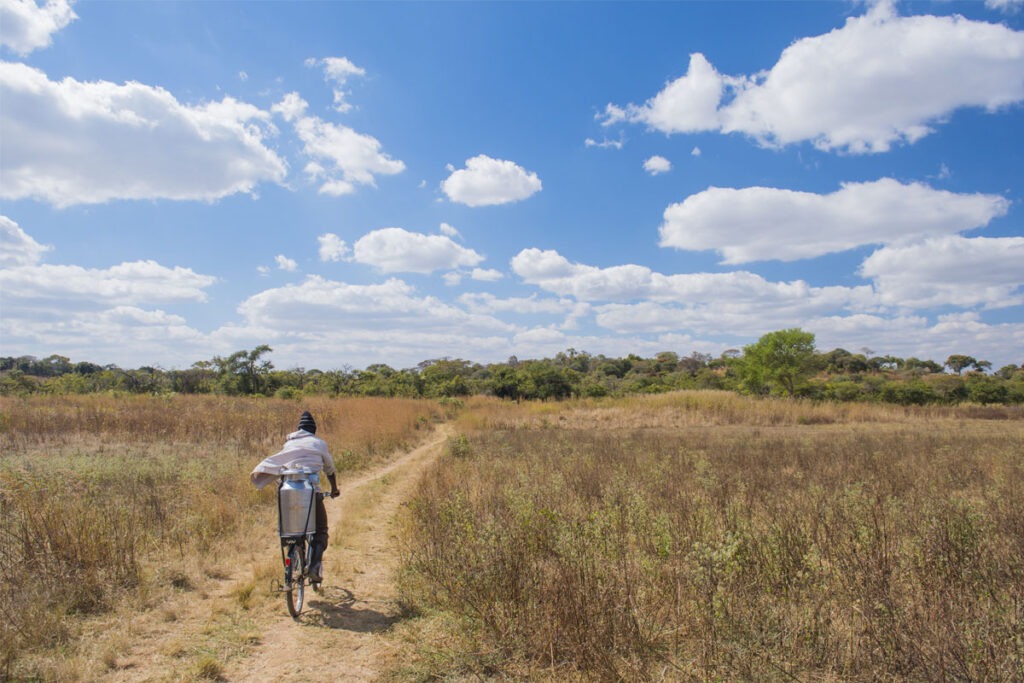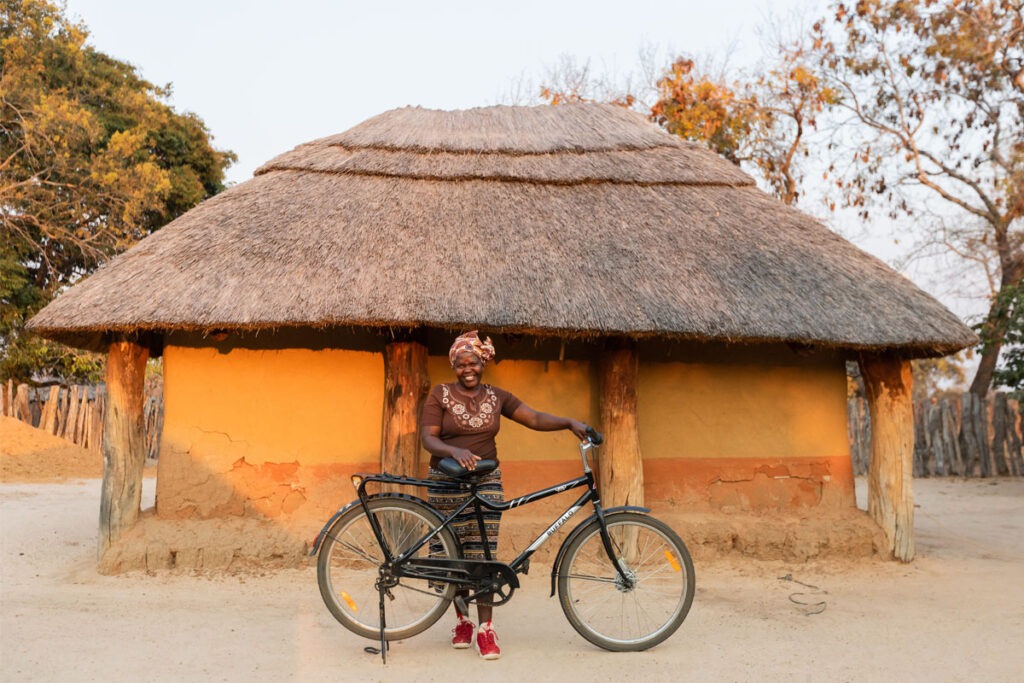World Bicycle Relief Plans to Exceed One Million Bicycles

Chicago, USA
On Boxing Day, 26th December 2024 a huge earthquake caused a tsunami that swept across Indonesia and neighbouring countries, killing almost a quarter of a million people and leaving millions more homeless.
F.K. Day and his wife Leah watched these events unfold from their home in the USA and wanted to help. That in itself was not unique. At the time, thousands of Australians donated to huge appeals that were set up after the tsunami disaster.
But F.K. and his family had access to resources and expertise that most of us lacked, because he and his brother Stan, were the co-founders and to this day remain primary owners of SRAM, which including its family of brands such as RockShox, Zipp and many others, is the second largest bicycle component company in the world.

What began as a one-off personal response to a disaster, soon morphed into World Bicycle Relief which was founded in 2005.
It soon became apparent that donating second hand bikes from wealthy countries, while done with the best of intentions, was not effective for the long term in the harsh conditions of developing countries, that include rough dirt roads and usually non-existent availability of spare parts and trained mechanics. Components such as derailleur gears are too fragile and complex for real world longevity in these countries.
That led to the design of the Buffalo Bicycle, an all steel, single speed, ‘bullet proof’ bicycle capable of carrying 100kg’s of cargo and surviving in brutal conditions.
Fast forward almost two decades and World Bicycle Relief has donated and sold over 790,000 Buffalo Bicycles. That second word, “sold”, is important and we’ll look at that more closely later in this article.
World Bicycle Relief just released their 2023 Impact Report plus their Global Strategy for 2024-26 that will see this total exceed one million bicycles.
They’re even adding a second gear to some of their bicycles through a unique, patented, dual chain system.

Massive Positive Global Impact
As you can see from this recently published 2023 Global Impact Report, World Bicycle Relief does much more than just donate bicycles.
They have designed the Buffalo Bike from the ground up. It’s designed to be simple and durable, but don’t confuse these descriptions with “low quality”. Every component is carefully selected and tightly quality controlled, sourced from leading global manufacturers.
The Buffalo Bicycles look similar and for ease of service are as mechanically compatible as possible with the existing bicycles that are sold in their target countries, but that’s where the similarity ends. They’re vastly higher quality and last far longer than anything else available in these markets.
Designing the bike and sourcing the components are only the first steps in a complete ecosystem. World Bicycle Relief sets up assembly factories in the recipient countries, providing local jobs and minimising global shipping costs and environmental impacts. That’s because they can fit about four times as many bikes per container when they’re completely unassembled sets of components, compared to the usual method of assembling the bikes at the country of origin and shipping them in bike boxes.
Then they train and equip thousands of mechanics, who live in the recipient communities. They’ve also set up a network of 88 bicycle shops in these countries with plans for more. Just over half of the 790,000 Buffalo Bicycles that have been made so far, are sold through their social enterprise, with the economies of scale and profits that this generates enabling more Buffalo Bicycles to also be donated.
This also supports more local jobs, plus creates a reliable distribution channel for spare parts, to keep the bikes rolling for years to come.

Education, Healthcare and Economic Empowerment
These are the three areas that Buffalo Bikes are targeted towards.
Within education, children who otherwise have to walk long distances for school can now get to school more quickly and safely. This enables them to attend more classes, stay at school longer and improve their entire life prospects.
Healthcare workers can visit more patients per day, improving the health of their communities.
Local enterprises can access more distant markets and get better prices for their products. They can carry more weight of products than they could when walking and they can save time.
World Bicycle Relief’s long time CEO Dave Neiswander reflected on the journey ahead, “With the release of our 2023 Impact Report, we’re reminded of the transformative power of bicycles.
“As we embark on our new strategic path for 2024-2026, our vision to help people conquer the challenge of distance, achieve independence, and thrive becomes even clearer. This model allows us to scale our impact and positions us as a key player in sustainable global development.
“World Bicycle Relief is uniquely positioned to provide critical last-mile mobility solutions to help disrupt chronic, generational poverty in rural areas in a scalable and sustainable manner.”

Three Pathways
World Bicycle Relief’s Strategic Vision for 2024-26 is to amplify their impact through their Social Enterprise Model.
Specifically, they plan to do this through three pathways.
The Growth Pathway
Initiatives include increasing distribution, expanding product development, program monitoring, improving local assembly and expanding its reliable supply chain of spare parts.
The Partnership Pathway
Forging broader and deeper collaborations with governments, the private sector, NGOs (non government organisations), multilateral donors, and funding institutions.
The Influence Pathway
Elevating the conversation around transportation in rural development. By advocating for the inclusion of mobility in development agendas and demonstrating the tangible benefits of bicycle access through evidence-based outcomes, World Bicycle Relief intends to inspire action and investment in sustainable transportation solutions worldwide.
To find out more about World Bicycle Relief you can visit their website.
You can see a detailed summary of their activities in their latest Impact Report.
Author Disclosure
As some readers of The Latz Report, Micromobility Report and their related Yearbooks may already be aware, the author of this article was a co-founder of World Bicycle Relief Australia, which was set up at the request of the global founders and under the guidance of World Bicycle Relief’s global headquarters in Chicago. He is no longer a Director, but remains a supporter of World Bicycle Relief.
World Bicycle Relief Australia, along with similar organisations in the USA, Canada, UK, Germany and Switzerland, are set up to raise awareness and funds for World Bicycle Relief’s programs, which are primarily in Africa and South America.
